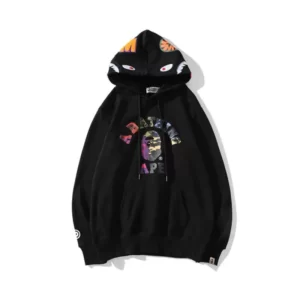Optimizing images for SEO is a very important aspect when it comes to positioning a website or blog through content. Positioning is affected for many reasons.
Appearing among the top positions in the different search engines allows you to improve the visibility of a business and, therefore, sell much more. Some tips should be followed to have optimized photos such as the following:
Name them including the keyword of the content
To optimize images for SEO, they must have a name that identifies and categorizes them from the rest of the photos used. It is important to remember that Google can read and interpret texts.
This is why Google must look at other types of factors to qualify and categorize an image. In this way, the name of the photo plays a fundamental role in optimizing images for SEO. A good name or title based on keywords will place the image in a good position.
The ALT Attribute
The ALT tag is the alternative text that accompanies each displayed photo when the browser cannot effectively load an image. This is one of the most important positioning factors of all.
When optimizing images for SEO, all photos should have an ALT text. Said text accompanies the image when problems are loading a website since in these cases the text becomes visible.
Therefore, placing words that have to do with the written content as ALT text is essential. Another important point is not to always place the same keywords in the ALT texts but also use synonyms. In this way, the page’s algorithm will not take the keywords that have been used on it as spam.
The size of the images
This is one of the most common mistakes of all when using images in blogs or content on a website. To optimize images for SEO, the size of the images must be taken into account. In general, the appropriate size for a photograph within a web page should be at least approximately 1200 pixels.
If it has a larger size, it may cause its loading to affect the final display of the web page and this has a direct impact on SEO positioning since one of the algorithms used to identify a good web page considers speed. navigation.
Images tune with the content of the text
It is useless to have good text next to an image that does not accompany what is being said. This is counterproductive for the brand and for the interests of obtaining a good positioning.
Optimizing images for SEO has to do with correctly choosing which one to use in each case. A good use of images is to accompany a text with a corresponding graphic example.
Otherwise, the information may reach different users incorrectly. That is, the good quality of the text or content is directly affected when it is accompanied by an image that does not match.
Choose original images
Optimizing images for SEO also means having images with added value and, if possible, that no one else has used before. Having a unique high-contrast images will allow the positioning of that page to grow. If, on the other hand, you use an image that has already been used several times, Google will easily recognize it as one more in the pile, and the content is in danger of losing positioning.
Being able to create original images from scratch is a plus to have better SEO positioning. It also helps to be more visible to users.
Choose the most suitable format
It is necessary to choose an image format that is not so heavy since this could be the reason why the loading times of the web page increase. The most recommended are JPEG or PNG. You have to know how to identify each one of them.
For example, the PNG format works very well when there are transparencies. Likewise, the standard format for any other type of photography may be the JPEG used on most websites.
There are other options to use, such as GIF, which does not weigh as much and is very useful to replace very long videos and heavier formats.
Do not use third-party images
Using your images is always the best option to optimize images for SEO. Relying on photographs from image banks or third parties can be risky and requires making sure that they are in the public domain or have the appropriate rights for their dissemination.
On the other hand, there are alternatives to create images and convert them into quality content. As well as modify the size, add a copy over the image, etc.
Among them are Canvas, Bonus Designs, or Photoshop, where you can take the image of an original website and modify it according to the objectives you want to achieve and save it on your computer.










